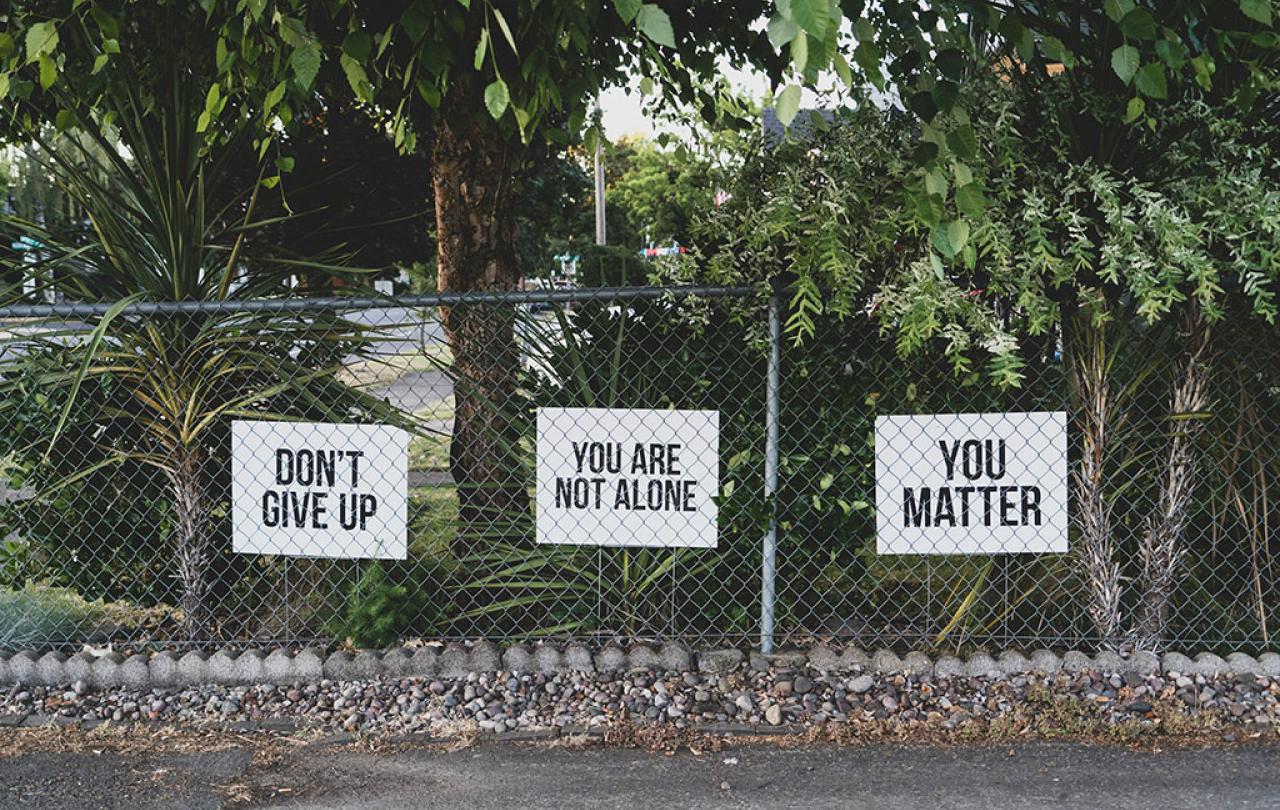As a teenager, I twice attempted to take my own life and I’ve lived with thoughts of suicide for almost twenty years, but I am still here - in large part due to the kindness of others as they held hope for me when I could not manage it alone.
Perhaps strangely, the place I wanted to be the most in the wake of my attempt was church; it was the place I felt the safest and I wanted to be in a place where I could cry and let out my conflicted and confused feelings to God because I felt there was no-one that could understand what I was going through. I remembered the character of Elijah in the Bible who begged God for death and was met with God encouraging rest, nourishment and the opportunity to pour his heart out. It was what he needed in his darkest hour, and it was what I needed in mine.
We cannot take on the role of mental health professionals - and neither should we - but we can be prepared to hear the hardest words and to listen to someone’s thoughts of suicide because research shows us that allowing people to give voice to their despair makes space for hope to grow.
When people are struggling with thoughts of suicide or trying to navigate the aftermath of a suicide attempt, we each have a role by reaching out with kindness and creating sanctuaries; safe spaces for those who are struggling to express their despair and receive compassion. It might look like dropping around a meal, listening to them pour their heart out, advocating for them with mental health professionals or offering childcare or running errands.
We can all play our part in changing the culture around suicide with language, care and holding hope for those who feel that all hope is lost.


